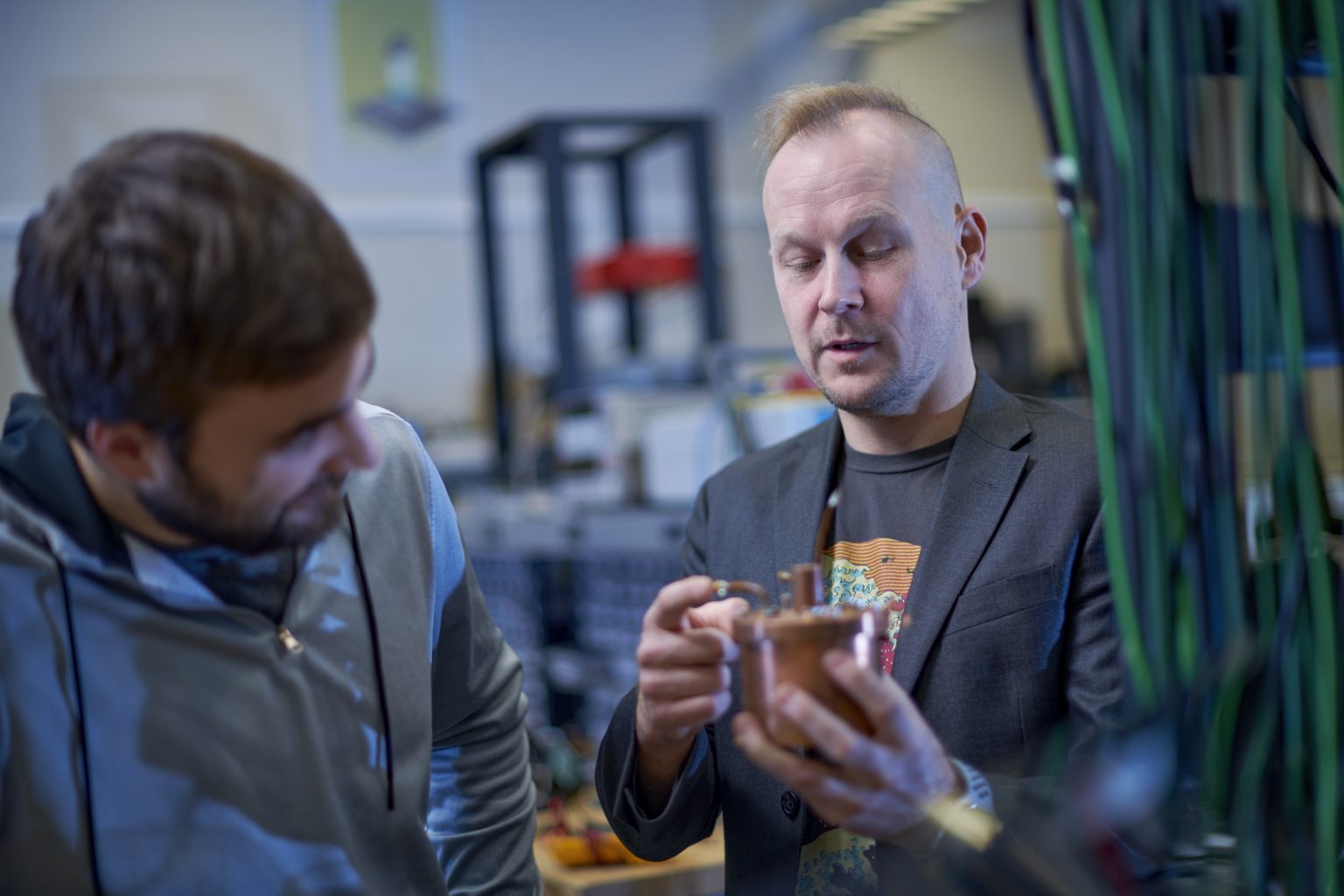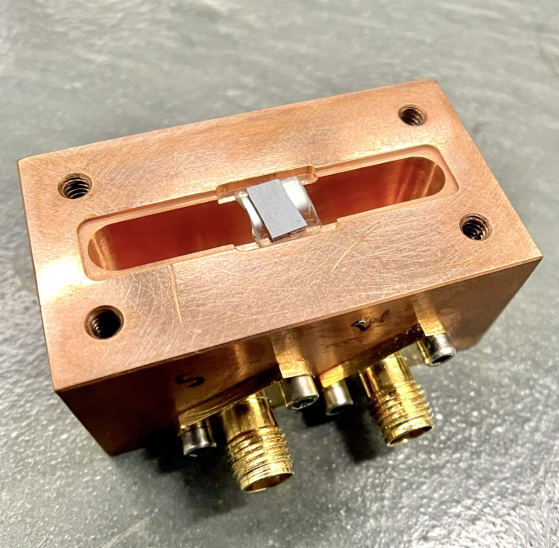Nothing exists in a vacuum, which isn't ideal for physicists. If the systems that scientists study could be completely isolated from the outside world, things would be a lot easier.
Take quantum computing. It’s a field that’s already drawing billions of dollars in support from tech investors and industry heavyweights including IBM, Google and Microsoft. But if the tiniest vibrations creep in from the outside world, they can cause a quantum system to lose information.

For instance, even light can cause information leaks if it has enough energy to jiggle the atoms within a quantum processor chip.
“Everyone is really excited about building quantum computers to answer really hard and important questions,” said Joe Kitzman, a doctoral student at Michigan State University. “But vibrational excitations can really mess up a quantum processor.”
But, with new research published in the journal Nature Communications, Kitzman and his colleagues are showing that these vibrations need not be a hindrance. In fact, they could benefit quantum technology.
“If we can understand how the vibrations couple with our system, we can use that as a resource and a tool for creating and stabilizing some types of quantum states,” Kitzman said.
What that means is that researchers can use these results to help mitigate information lost by quantum bits, or qubits (pronounced “q bits”).
Conventional computers rely on a clear-cut binary logic. Bits encode information by taking on one of two distinct possible states, often denoted as zero or one. Qubits, however, are more flexible and can exist in states that are simultaneously both zero and one.

Although that may sound like cheating, it’s well within the rules of quantum mechanics. Still, this feature should give quantum computers valuable advantages over conventional computers for certain problems in a variety of areas, including science, finance and cybersecurity.
Beyond its implications for quantum technology, the MSU-led team’s report also helps set the stage for future experiments to better explore quantum systems in general.
“Ideally, you want to separate your system from the environment, but the environment is always there,” said Johannes Pollanen, the Jerry Cowen Endowed Chair of Physics in the MSU Department of Physics and Astronomy. “It’s almost like junk you don’t want to deal with, but you can learn all kinds of cool stuff about the quantum world when you do.”
Pollanen also leads the Laboratory for Hybrid Quantum Systems, of which Kitzman is a member, in the College of Natural Science. For the experiments led by Pollanen and Kitzman, the team built a system consisting of a superconducting qubit and what are known as surface acoustic wave resonators.
These qubits are one of the most popular varieties among companies developing quantum computers. Mechanical resonators are used in many modern communications devices, including cellphones and garage door openers, and now, groups like Pollanen’s are putting them to work in emerging quantum technology.
The team’s resonators allowed the researchers to tune the vibrations experienced by qubits and understand how the mechanical interaction between the two influenced the fidelity of quantum information.
“We’re creating a paradigm system to understand how this information is scrambled,” said Pollanen. “We have control over the environment, in this case, the mechanical vibrations in the resonator, as well as the qubit.”
“If you can understand how these environmental losses affect the system, you can use that to your advantage,” Kitzman said. “The first step in solving a problem is understanding it.”
MSU is one of only a few places equipped and staffed to perform experiments on these coupled qubit-mechanical resonator devices, Pollanen said, and the researchers are excited to use their system for further exploration. The team also included scientists from the Massachusetts Institute of Technology and the Washington University in St. Louis.